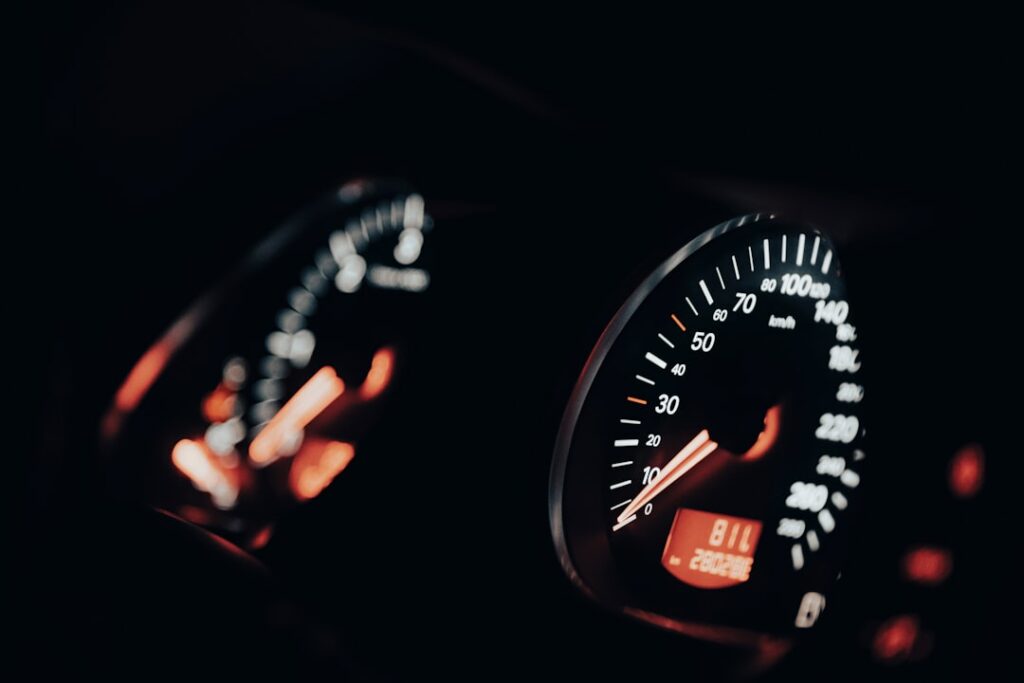Step 1: Optimize Your Hosting Environment
Choose a High-Performance Host
Selecting the right hosting provider is the foundational step for a fast WooCommerce store. Avoid shared hosting plans if your store experiences moderate to high traffic, as resources are shared with many other websites, leading to performance bottlenecks. Instead, opt for managed WooCommerce hosting, VPS (Virtual Private Server), or dedicated server solutions. Providers like Kinsta, WP Engine, or Nexcess offer environments specifically optimized for WordPress and WooCommerce, including server-side caching, dedicated resources, and robust security. When evaluating hosts, look for those that offer NVMe SSD storage, PHP 7.4 or higher, and HTTP/2 support.
Utilize Server-Side Caching
Server-side caching significantly reduces the load on your server by storing frequently accessed data and serving it quickly without needing to process every request from scratch. Many high-performance hosts provide built-in server-side caching mechanisms (e.g., Nginx FastCGI cache, Varnish Cache). Consult your hosting provider’s documentation or support to ensure these are properly configured and enabled for your WooCommerce store. This type of caching is often more efficient than plugin-based caching as it operates at a lower level of the server stack.
Step 2: Optimize Your WordPress & WooCommerce Setup
Keep WordPress and WooCommerce Updated
Regularly updating WordPress core, WooCommerce, themes, and plugins is crucial not just for security but also for performance. Each update often includes performance enhancements, bug fixes, and optimizations that can improve the speed and efficiency of your store. Before applying major updates, always create a full backup of your website and test the updates on a staging environment if possible to prevent compatibility issues.
Disable Unused Plugins and Themes
Every active plugin and theme adds code, database queries, and potentially external requests to your website, which can slow it down. Review your installed plugins and themes regularly. Deactivate and delete any that are not actively being used or are redundant. For example, if you have multiple plugins providing similar functionality (e.g., two different SEO plugins or two image optimization plugins), choose the most efficient one and remove the others. Prioritize lightweight plugins and themes that are well-coded and have good reviews regarding performance.
Step 3: Optimize Your Database and Media
Clean and Optimize Your Database
Over time, your WooCommerce database can accumulate a lot of unnecessary data, such as post revisions, trashed comments, transient options, and orphaned data from uninstalled plugins. This bloat can slow down database queries. Use a plugin like WP-Optimize or Advanced Database Cleaner to regularly clean and optimize your database. These tools can remove junk data, optimize table structures, and schedule routine cleanups. Before performing any database optimization, always create a full database backup.
Optimize Images and Media Files
Large, unoptimized images are one of the most common culprits for slow loading times on e-commerce sites. Before uploading images, resize them to appropriate dimensions for your website layout (e.g., product thumbnails, catalog images). Use image compression tools or plugins like Smush, Imagify, or EWWW Image Optimizer to compress images without significant loss of quality. Convert images to modern formats like WebP where supported, as they offer superior compression. Additionally, consider lazy loading images, which defers the loading of images until they are visible in the user’s viewport, improving initial page load times.
Step 4: Implement Advanced Performance Techniques
Enable Caching Solutions
Beyond server-side caching, implementing a robust caching plugin can dramatically improve perceived load times for your visitors. Plugins like WP Rocket, LiteSpeed Cache (if your host uses LiteSpeed), or W3 Total Cache can configure various types of caching: page caching, browser caching, object caching, and more. Page caching serves static HTML versions of your pages, significantly reducing server processing for repeat visitors. Configure these plugins carefully, excluding dynamic WooCommerce pages like “Cart,” “Checkout,” and “My Account” from page caching to ensure proper functionality.
Utilize a Content Delivery Network (CDN)
A Content Delivery Network (CDN) stores copies of your website’s static assets (images, CSS, JavaScript files) on servers distributed globally. When a user visits your site, these assets are delivered from the closest CDN server, reducing latency and improving loading speeds, especially for international visitors. Popular CDN providers include Cloudflare, KeyCDN, and Amazon CloudFront. Integrating a CDN typically involves changing your DNS settings or using a plugin that connects to your chosen CDN service. Cloudflare, for example, offers a free plan that provides significant performance and security benefits.
FAQs
Q1: How often should I clean and optimize my WooCommerce database?
A1: For active WooCommerce stores, it’s recommended to clean and optimize your database monthly. For stores with very high traffic and frequent content updates, a bi-weekly or even weekly schedule might be beneficial. Always back up your database before performing any optimization.
Q2: Will using too many plugins slow down my WooCommerce store?
A2: Yes, generally, the more plugins you have, the higher the chance of performance degradation. Each plugin adds code and often makes database queries or external requests. It’s not just the number, but also the quality and efficiency of the plugins. Prioritize well-coded, lightweight plugins and remove any unnecessary or redundant ones.
Q3: Is it safe to enable GZIP compression for my WooCommerce site?
A3: Yes, GZIP compression is highly recommended and safe. It compresses your web pages and stylesheets before sending them to the user’s browser, significantly reducing file sizes and speeding up delivery. Most caching plugins or hosting environments offer an option to enable GZIP compression. You can also add directives to your server’s .htaccess file (for Apache) or Nginx configuration.
Q4: Should I use a free CDN like Cloudflare, or invest in a paid one?
A4: For most small to medium-sized WooCommerce stores, Cloudflare’s free plan offers substantial performance and security benefits, including basic CDN services, DNS, and DDoS protection. If your store experiences very high traffic, requires advanced features like image optimization, custom rules, or more extensive analytics, investing in a paid CDN plan or a premium CDN provider like KeyCDN or BunnyCDN might be worthwhile. Start with the free option and upgrade if your needs grow.




